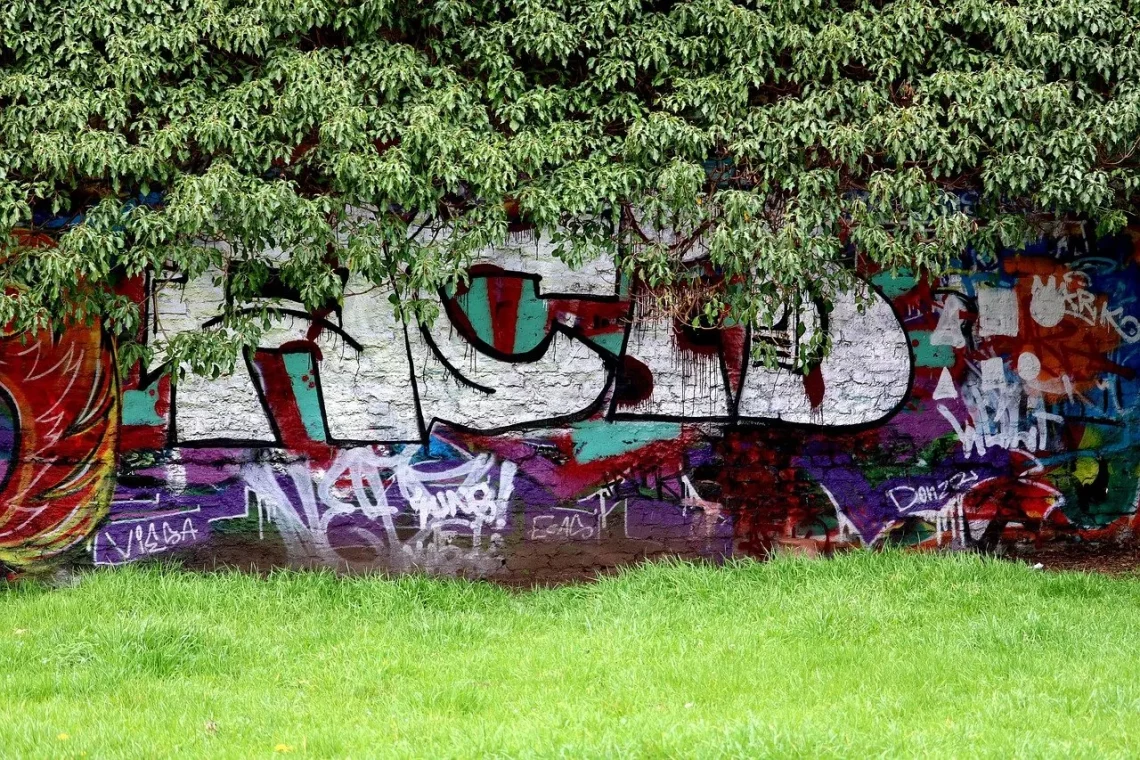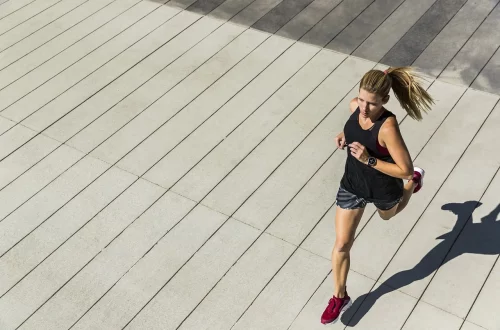
Exploring the Fascination with Large Penis Pictures in Art and Media
The fascination with large penis pictures in art and media transcends mere shock value; it delves into deeper themes of masculinity, power, and societal norms. Throughout history, representations of the male form have often been exaggerated, serving as symbols of virility and dominance. From ancient sculptures to contemporary digital art, the portrayal of large penises has sparked intrigue and debate, reflecting cultural attitudes toward sexuality and body image.
In various cultures, the male genitalia has been celebrated as a sign of fertility and strength. Ancient civilizations, such as the Greeks and Romans, often depicted large phalluses in sculptures and pottery, suggesting that such imagery was not only accepted but revered. This historical context sets the stage for understanding the modern-day fascination with similar themes in art and media.
As society evolves, so too do the interpretations of these images. Today, they appear not only in fine art but also in advertising, film, and social media, often challenging or reinforcing traditional notions of masculinity. The conversation surrounding large penis pictures encompasses issues of body positivity, sexual empowerment, and the quest for self-identity.
In this exploration, we will delve into the multifaceted reasons behind this ongoing fascination, examining its implications in art and media, and its reflection of societal attitudes toward masculinity and sexuality.
The Historical Context of Phallic Symbolism
Phallic symbolism has been a significant aspect of art and culture since ancient times. In many historical contexts, large representations of the male organ were not merely artistic choices but were deeply embedded in the cultural and spiritual beliefs of the time. For instance, in ancient Greek art, the phallus often symbolized fertility and the creative force of nature. Statues of gods were frequently endowed with exaggerated anatomical features, reflecting the society’s reverence for masculinity and virility.
In ancient Rome, large penis representations were similarly common, often associated with the god Priapus, who was worshipped as a protector of gardens and fertility. These images conveyed not just physical attributes but were also laden with social meanings, indicating the importance of male potency in both agricultural and sexual contexts. The exaggeration of the male form served to reinforce ideals of masculinity, power, and dominance over nature and women.
As we move through time, the Renaissance period marked a shift in artistic representation, though the fascination with male anatomy persisted. Artists like Michelangelo and Leonardo da Vinci celebrated the human body, emphasizing beauty and proportion. However, the phallic symbolism took on more nuanced meanings, often interwoven with themes of grace, strength, and divine beauty.
In the modern era, the portrayal of large penises in art and media has continued to evolve, reflecting changing societal attitudes toward sexuality. While some contemporary artists use phallic imagery to critique traditional notions of masculinity, others celebrate it as a form of empowerment. This duality in representation showcases the ongoing complexity of how large penis pictures are perceived and the conversations they ignite in contemporary culture.
Contemporary Interpretations in Media
In today’s media landscape, large penis pictures can be found in a variety of contexts, from advertising campaigns to social media posts. This prevalence speaks to a broader cultural conversation about body image, masculinity, and sexual empowerment. The use of such imagery can be both provocative and playful, challenging traditional norms while simultaneously inviting viewers to question their perceptions of masculinity.
Advertising has long utilized sexual imagery to capture attention, and large penis pictures are no exception. Brands often employ exaggerated sexual symbolism to convey messages of strength, power, and desirability. This approach can be seen in everything from men’s grooming products to luxury automobiles, where the implication of virility is a central theme. However, this method of marketing raises questions about the objectification of male bodies and the reinforcement of narrow beauty standards.
Social media platforms have also played a significant role in the dissemination of large penis images, often blurring the lines between art and entertainment. Memes, digital art, and user-generated content frequently explore themes of masculinity, body positivity, and sexual liberation. The democratization of content creation allows for diverse representations of male bodies, enabling individuals to reclaim their narratives in ways that challenge societal expectations.
However, the normalization of such imagery can also perpetuate harmful stereotypes and unrealistic expectations. The pressure to conform to exaggerated ideals of masculinity can lead to body dissatisfaction among men, contributing to mental health issues. As conversations around body positivity gain momentum, it is crucial to recognize the impact of large penis pictures in media and to promote more inclusive portrayals of masculinity that celebrate diversity rather than conformity.
The Intersection of Art and Sexuality
The relationship between art and sexuality is intricate and multifaceted, with large penis pictures serving as a focal point for exploring deeper themes. Artists have long used the human body as a canvas to express desire, identity, and the complexities of human experience. Large representations of the male form often provoke discussions about power dynamics, gender roles, and societal expectations.
In contemporary art, many artists challenge traditional representations of masculinity through the use of large penis imagery. This subversion can take on various forms, such as satire, humor, or explicit commentary on social norms. For instance, artists may use large phalluses to critique toxic masculinity, inviting viewers to reflect on the pressures placed upon men to conform to rigid standards of strength and dominance.
Furthermore, the exploration of sexuality in art often intersects with themes of empowerment and liberation. By reclaiming phallic imagery, artists can subvert its historical associations with power and dominance, transforming it into a symbol of sexual freedom and self-expression. This reclamation challenges viewers to reconsider their perceptions of masculinity and to embrace a more nuanced understanding of male identity.
Art has the unique power to provoke thought and evoke emotion, and the portrayal of large penises is no exception. Through various mediums—painting, sculpture, and performance—artists invite audiences to engage with their work on multiple levels. This engagement fosters important conversations about sexuality, identity, and the ways in which societal norms shape our understanding of the human experience.
In examining the intersection of art and sexuality, it becomes evident that large penis pictures are more than mere objects of fascination. They serve as powerful symbols that reflect and challenge cultural attitudes toward masculinity, inviting ongoing dialogue about body image, identity, and the complexities of desire.
Conclusion: The Ongoing Dialogue Surrounding Masculinity
The fascination with large penis pictures in art and media remains a vibrant topic of discussion, reflecting broader societal attitudes toward masculinity and sexuality. From historical representations to contemporary interpretations, these images serve as symbols of power, desire, and identity, inviting viewers to engage with complex themes of body image and self-perception.
As we navigate the evolving landscape of art and media, it is essential to recognize the impact of large penis imagery on societal norms and individual experiences. While such representations can empower and challenge traditional ideals, they can also perpetuate unrealistic expectations and reinforce harmful stereotypes.
The ongoing dialogue surrounding masculinity requires a critical examination of how large penis pictures are created, consumed, and understood. By fostering conversations that embrace diversity and inclusivity, society can move toward a more nuanced understanding of male identity that celebrates all forms of masculinity, rather than adhering to narrow definitions.
Ultimately, the fascination with large penis pictures is a reflection of our collective journey toward understanding the complexities of human experience, sexuality, and identity. By engaging in this dialogue, we can work toward a more inclusive and empowered representation of masculinity in art and media.
**Disclaimer: This article is not intended as medical advice. If you have any health concerns, please consult a qualified healthcare professional.**




